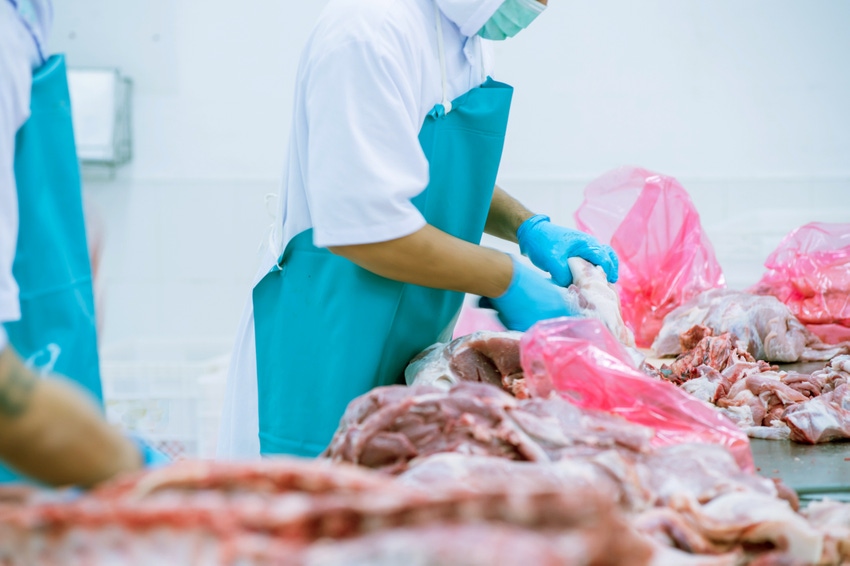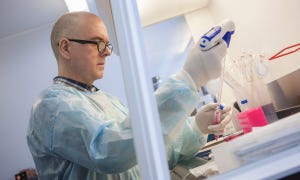Meatpacking plants increased COVID cases in U.S. counties
Study finds costs to rural economies exceeded $11 billion.
April 15, 2021

An estimated 334,000 COVID-19 cases are attributable to meatpacking plants, resulting in $11.2 billion in economic damage, according to a new study led by a researcher at the University of California, Davis. The study was published in the journal Food Policy.
It found that beef and pork processing plants more than doubled per capita infection rates in counties that had them. Chicken processing plants increased transmission rates by 20%. The study looked specifically at large meatpacking plants generating more than 10 million pounds per month.
Conservative estimate
Researchers said both the economic impact and infection rate estimate is conservative. The study looked at infection rates within a county and did not account for cases that might have been contracted at a meatpacking plant but spread to other counties.
"Similarly, our study likely understates true economic losses," said lead author Tina Saitone, a livestock and rangeland economics cooperative extension specialist in the department of agricultural and resource economics at UC Davis.
The study looked at lost wages and mortality and did not include long-term health care costs, or costs for measures put in place to protect worker safety.
"While we did see an initial ramp up in cases attributable to meatpacking facilities, over time infection rates were the same per capita as counties without them, partly because meatpacking plants implemented a lot of protocols to protect employees," said Saitone.
Driving factors
A variety of factors can drive county-level COVID-19 transmission rates. Saitone said the research controlled for those potential drivers, such as the number of nursing homes or correctional facilities in a county. It also considered stay-at-home orders and other regulations, population density, demographics, economic factors and health characteristics. The study looked at infections within 150 days after the first documented COVID-19 case in each county.
Essential industry
Increased COVID-19 transmission rates have prompted some critics to call for a smaller, more geographically dispersed industry to make it less susceptible to a pandemic and massive disruptions in the food supply chain. Researchers caution that such a move would come at a price, adding costs to a system designed to eliminate them and ultimately increasing food prices. Economists instead suggest research and investigation into the automation and technological innovations that made the poultry segment of the industry more resilient to the COVID-19 pandemic.
Study co-authors include K. Aleks Schaefer with Michigan State University and Daniel Scheitrum with the University of Arizona.
You May Also Like



